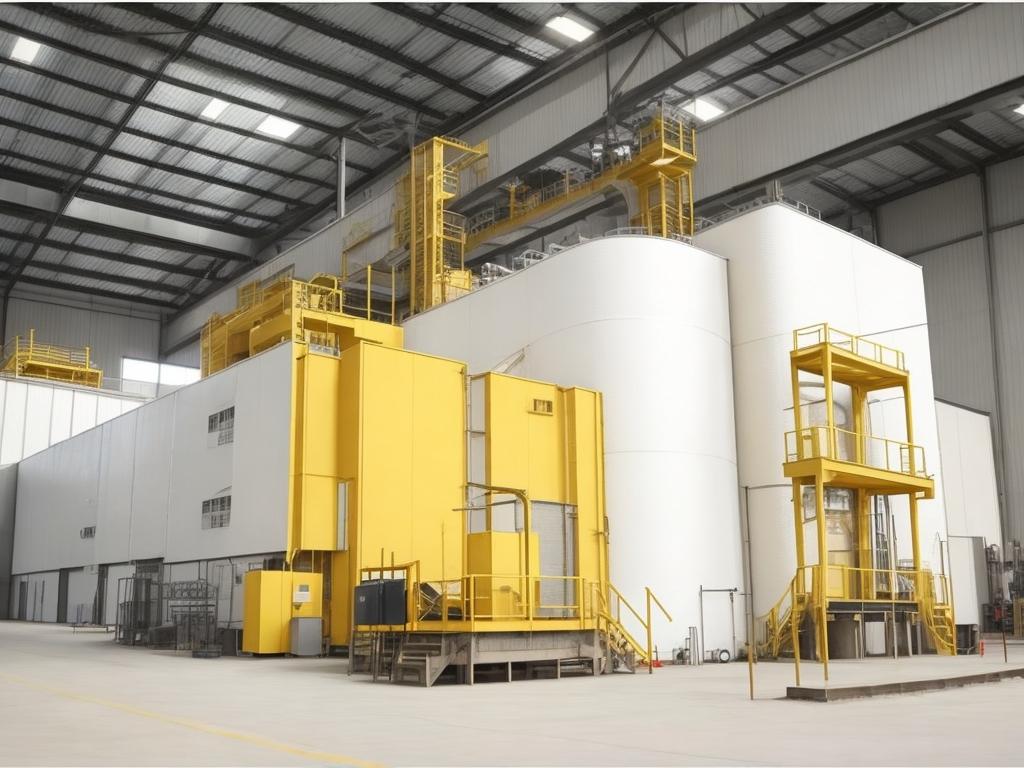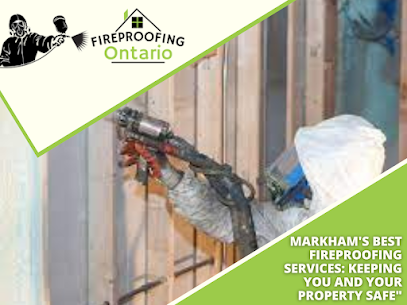Homeownership brings both joy and responsibility. While creating a comfortable living space is a priority, it’s equally crucial to ensure your home remains healthy and free from potential threats. One significant menace that can compromise the structural integrity of your residence is water damage. Conducting a thorough home health inspection is essential to identify early signs of water damage and address them promptly. In this guide, we’ll explore the common signs of water damage and provide insights on how homeowners can perform a comprehensive home health inspection to safeguard their investment.
The Importance of Home Health Inspections
Before delving into the signs of water damage, let’s understand why regular home health inspections are vital. A proactive approach to home maintenance not only preserves the value of your property but also ensures the safety and well-being of your family. Identifying issues early on allows for timely repairs, preventing more extensive damage and costly renovations. When it comes to water damage, swift action is especially crucial, as it can lead to mold growth, compromised structural integrity, and other health hazards.
Signs of Water Damage
1. Stains and Discoloration on Walls and Ceilings
One of the most apparent signs of water damage is the presence of stains or discoloration on walls and ceilings. Water leaks from pipes, roofs, or windows can result in unsightly blemishes. Look for yellow, brown, or dark spots that may indicate prolonged exposure to moisture. These stains not only compromise the aesthetic appeal of your home but also serve as a clear indicator that water is infiltrating your living space.
2. Musty Odors
A distinctive musty smell is often associated with water damage. When water accumulates in hidden or confined spaces, such as behind walls or under flooring, it creates an environment conducive to mold growth. Mold releases volatile organic compounds (VOCs), producing the characteristic musty odor. If you notice a persistent, unpleasant smell in certain areas of your home, it’s crucial to investigate further to identify and address potential water damage.
3. Peeling or Bubbling Paint
Water damage can compromise the adhesion of paint to surfaces. If you observe peeling or bubbling paint, it may be a sign that water is seeping through the walls. This issue is not only cosmetic but also indicative of underlying problems that, if ignored, can lead to more extensive damage. A thorough house inspection of the affected areas can reveal the source of the water intrusion.
4. Warped or Buckling Flooring
Wooden flooring is particularly susceptible to water damage. When exposed to moisture, wood can warp, buckle, or swell. Check for any abnormalities in your flooring, such as uneven surfaces or gaps between floorboards. These can be signs of water damage, especially if the damage is localized to specific areas. In bathrooms and kitchens, pay extra attention to ensure that water isn’t seeping through seams or edges of tiles.
5. Sagging or Stained Ceilings
Water damage can compromise the structural integrity of ceilings, leading to sagging or staining. If you notice a sagging ceiling, it’s imperative to address the issue promptly, as a weakened ceiling poses a significant safety risk. Stains on ceilings are often indicative of water leaks from the roof or plumbing above. Regularly inspect your ceilings for any signs of water-related damage.
6. Water Pooling Around the Foundation
The exterior of your home is just as important to inspect as the interior. Check the area around your home’s foundation for any signs of water pooling. Improper drainage or grading issues can result in water collecting near the foundation, which may eventually lead to seepage into the basement or crawl space. Ensure that water drains away from the foundation to prevent potential water damage.
7. Deteriorating Grout and Caulk
In areas prone to water exposure, such as bathrooms and kitchens, deteriorating grout and caulk can be early indicators of water damage. Damaged or missing grout between tiles and deteriorating caulk around sinks, tubs, and showers can allow water to penetrate underlying structures. Regularly inspect and repair these areas to prevent water from causing further damage.
8. Cracks in the Foundation
Foundation cracks can be a serious concern, as they may allow water to infiltrate the structure of your home. During your home health inspection, carefully examine the foundation for any visible cracks. Even hairline cracks can widen over time, providing an entry point for water. Seal any cracks you find and monitor them regularly for changes.
Conducting a Home Health Inspection
Now that we’ve explored the common signs of water damage, let’s outline a step-by-step guide for conducting a comprehensive home health inspection focused on preventing and identifying water-related issues.
Exterior Inspection
Start by examining the exterior of your home. Look for any visible cracks in the foundation, damaged or missing roof shingles, and signs of water pooling around the perimeter. Ensure that gutters and downspouts are clear of debris and directing water away from the foundation. Check for gaps around windows and doors where water could enter.
Roof Inspection
Inspect your roof for missing or damaged shingles. Check for signs of water stains on the underside of the roof and in the attic. Look for any signs of leaks around chimneys, vents, or skylights. Addressing roof issues promptly is crucial to preventing water damage to the interior of your home.
Interior Inspection
Examine each room thoroughly for signs of water damage. Pay attention to walls, ceilings, and flooring. Look for stains, discoloration, and peeling paint. Use your sense of smell to detect musty odors that may indicate mold growth. If you have a basement or crawl space, inspect these areas for water infiltration, as they are particularly susceptible to leaks.
Appliance and Plumbing Check
Inspect appliances that use water, such as the dishwasher, washing machine, and refrigerator with a water dispenser. Check for any signs of leaks, and ensure that hoses and connections are in good condition. Examine plumbing fixtures and pipes for leaks or corrosion. A small leak, if left unattended, can lead to significant water damage over time.
Bathroom Inspection
Bathrooms are common areas for water damage due to the presence of sinks, toilets, and showers. Check for any leaks around faucets and under sinks. Inspect the grout and caulk in showers and tubs for signs of deterioration. Ensure that bathroom ventilation is adequate to prevent excess moisture buildup.
Basement and Crawl Space Inspection
If your home has a basement or crawl space, inspect these areas thoroughly. Look for signs of water infiltration, such as dampness, staining, or mold growth. Check the foundation walls for cracks and seal any openings. Ensure that sump pumps and drainage systems are functioning correctly to prevent water accumulation.
HVAC System Inspection
Inspect your heating, ventilation, and air conditioning (HVAC) system for any signs of water accumulation or leaks. Check the drip pans and drain lines for clogs or damage. Proper maintenance of your HVAC system is essential to prevent water damage and ensure efficient operation.
Regular Maintenance Practices
In addition to the specific steps outlined above, adopt regular maintenance practices to prevent water damage. Clean gutters and downspouts regularly, trim trees and bushes near your home to prevent damage from falling branches, and ensure proper grading to direct water away from the foundation. These preventive measures can go a long way in preserving the integrity of your home.
Conclusion
Water damage poses a significant threat to homes, but with a proactive approach to home health inspections, homeowners can identify and address potential issues before they escalate. Regularly inspecting both the interior and exterior of your home, along with conducting targeted checks on appliances, plumbing, and structural elements, is essential for maintaining a healthy living environment. By staying vigilant and addressing signs of water damage promptly, you can protect your investment and ensure the long-term well-being of your home and family. Remember, a little prevention today can save you from costly repairs tomorrow.
















